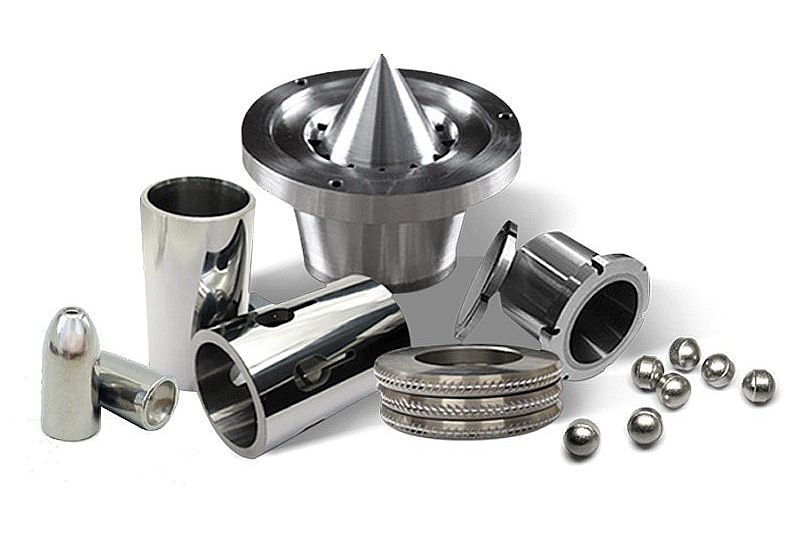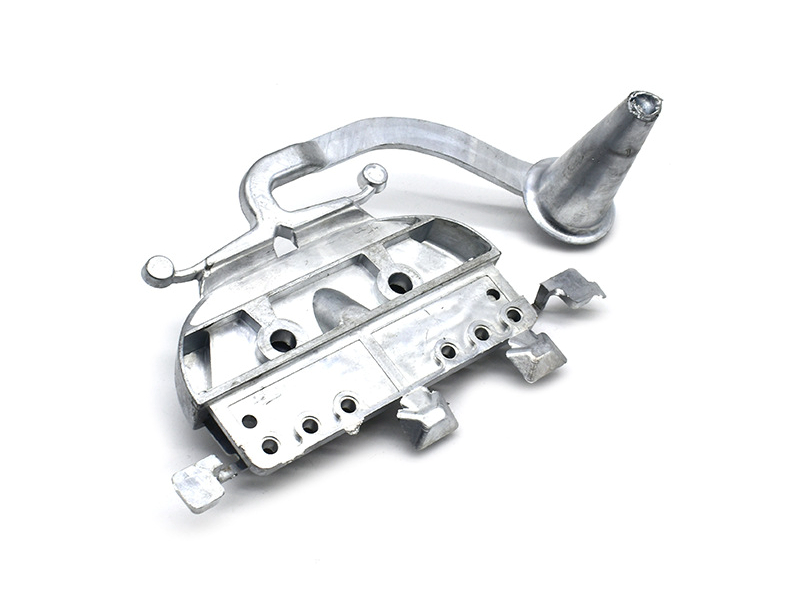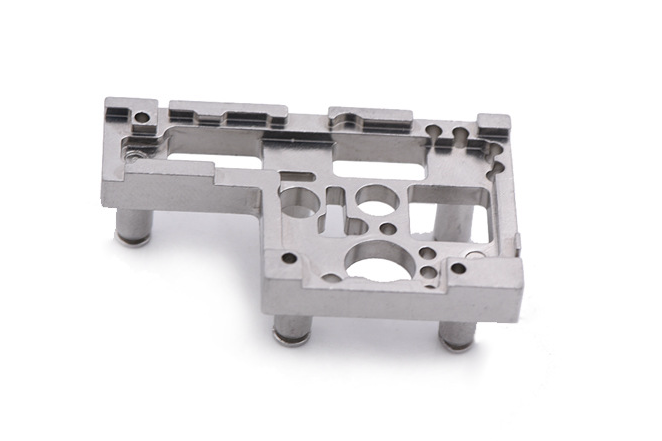Which materials fit continuous high-temperature internal structures?
Materials for Continuous High-Temperature Internal Structures
Internal structural components that operate under continuous high-temperature exposure require materials with stable mechanical strength, oxidation resistance, creep resistance, and microstructural stability. At Neway, these parts are typically engineered using nickel-based superalloys, cobalt alloys, advanced stainless steels, and high-performance ceramics, which are processed through routes such as precision casting, metal injection molding, and ceramic injection molding to ensure both thermal endurance and dimensional consistency.
Top Metal Materials for Extended High-Temperature Use
Material | Why It Fits | Temperature Capability |
|---|---|---|
Industry standard for turbine, exhaust, and energy-sector parts due to exceptional creep resistance and oxidation protection. | Continuous use: 700–1000°C depending on grade | |
High strength at elevated temperatures with excellent fatigue and thermal-shock resistance. | 650–980°C depending on alloy system | |
Outstanding high-temperature hardness and wear resistance; ideal for small internal structures requiring stability under thermal cycling. | Up to ~800°C | |
Maintains strength up to mid-high temperatures; suitable for internal brackets, frames, and mechanisms. | Up to ~315–370°C | |
Excellent strength-to-weight ratio with oxidation stability; best for aerospace mechanisms and thermally loaded internal supports. | Up to ~500–600°C |
Ceramic Materials for Extreme and Continuous Heat
For applications where metal alloys reach performance limits, technical ceramics provide long-term stability with very low thermal expansion. Through CIM processing, complex shapes can be manufactured with high precision.
• Alumina – Excellent insulation, wear resistance, and strength up to 1000–1200°C. • Zirconia – Superior toughness; stable up to 800–1000°C in internal mechanical structures. • Silicon Carbide (SiC) – Exceptional thermal shock resistance; ideal for continuous heat above 1200°C. • Silicon Nitride (Si3N4) – High fracture toughness; commonly used in turbine seals, bearings, and thermal runners.
Manufacturing Processes for Thermal Structural Reliability
High-temperature internal structures typically rely on processes optimized for density and microstructure stability. Precision casting is preferred for thicker structures with complex internal passages, while MIM enables extremely fine geometries using superalloy powders. Ceramic structures are produced using CIM to ensure uniform shrinkage and fine feature control. When additional strength is required, components may undergo controlled heat treatment for precipitation hardening, stress relief, or grain refinement.
Industries That Rely on High-Temperature Internal Materials
In aerospace, nickel and ceramic materials are used to withstand the harsh environments of turbines and combustion chambers. In energy applications, high-temperature steels and superalloys resist oxidation inside power and heat-exchange systems. In the automotive industry, exhaust, EGR, and turbo systems rely heavily on stainless steels and Inconel-grade materials for internal supports and control mechanisms.



